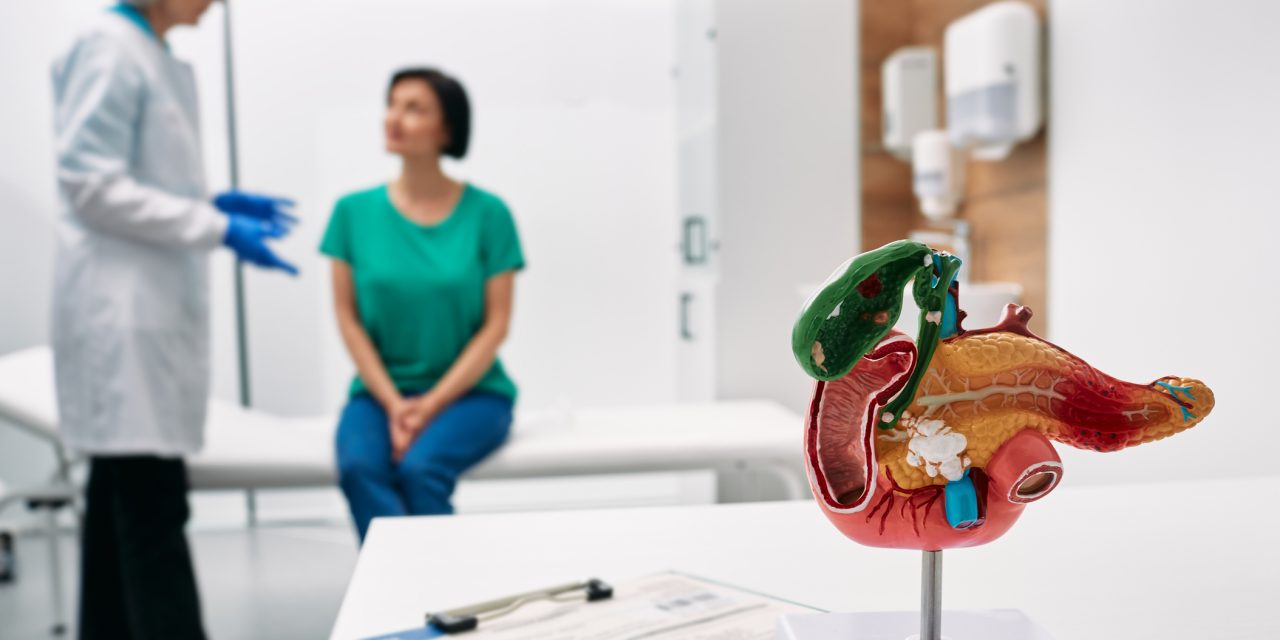Gonadotropin-releasing hormone (GnRH) neurons control mammalian reproduction and migrate from their birthplace in the nasal placode to the hypothalamus during development. Despite much work on the origin and migration of GnRH neurons, the processes that control GnRH lineage formation are not fully understood. Here, we demonstrate that Nhlh genes control vomeronasal receptor expression in the developing murine olfactory placode associated with the generation of the first GnRH neurons at embryonic days (E)10-12. Inactivation of ß2-microglobulin (ß2-m), which selectively affects surface expression of V2Rs, dramatically decreased the number of GnRH neurons in the Nhlh2 mutant background, preventing rescue of fertility in female Nhlh2 mutant mice by male pheromones. In addition, we show that GnRH neurons generated after E12 fail to establish synaptic connections to the vomeronasal amygdala, suggesting the existence of functionally specialized subpopulations of GnRH neurons, which process pheromonal information.Copyright © 2020. Published by Elsevier B.V.
GnRH neurogenesis depends on embryonic pheromone receptor expression.


